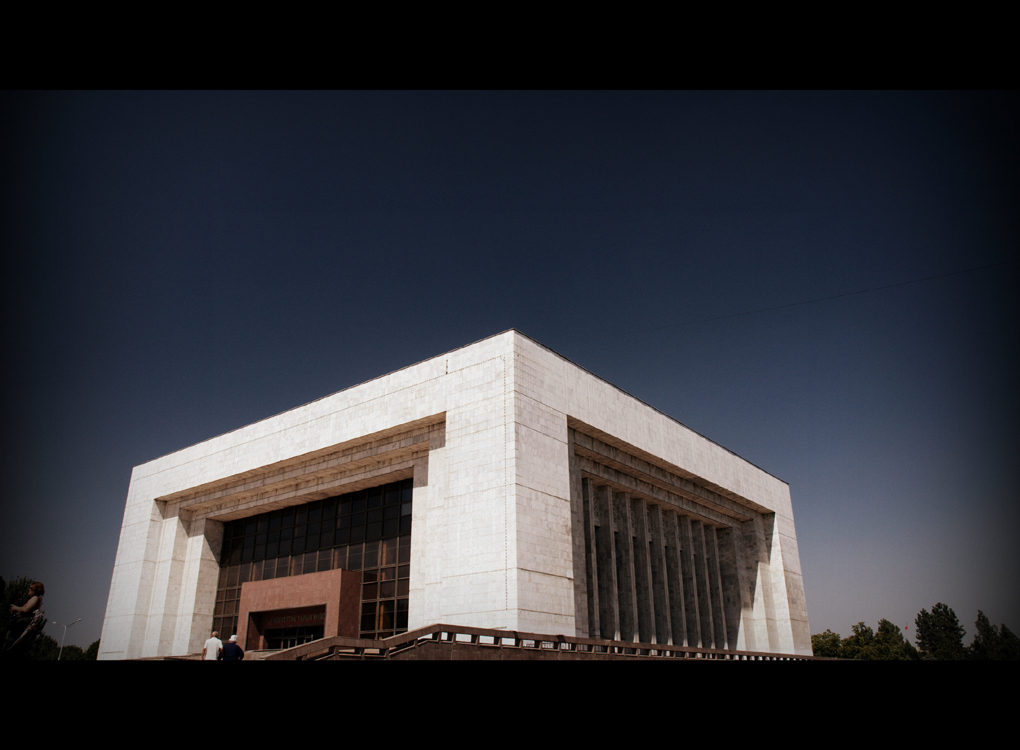
Bishkek (in Kyrgyz and Russian: Бишкéк), formerly Pishpek and Frunze, is the capital and the largest city of Kyrgyzstan. Bishkek is also the administrative centre of Chuy Province which surrounds the city, even though the city itself is not part of the province but rather a province-level unit of Kyrgyzstan.
The name is thought to derive from a Kyrgyz word for a churn used to make fermented mare’s milk (kumis), the Kyrgyz national drink. Founded in 1825 as a Khokand fortress of “Pishpek”, on 4 September 1860 the fortress was seized by Russian forces led by colonel Zimmermann. In 1926 the city was given nameFrunze, after the Bolshevik military leader Mikhail Frunze. In 1991, the Kyrgyz parliament again changed the capital’s name to Bishkek.
Bishkek is situated at about 800 metres (2,600 ft) altitude just off the northern fringe of the Kyrgyz Ala-Too range, an extension of the Tian Shan mountain range, which rises up to 4,855 metres (15,928 ft) and provides a spectacular backdrop to the city. North of the city, a fertile and gently undulating steppe extends far north into neighbouring Kazakhstan. The Chui River drains most of the area. Bishkek is connected to the Turkestan-Siberia Railway by a spur line.
Bishkek is a city of wide boulevards and marble-faced public buildings combined with numerous Soviet-style apartment blocks surrounding interior courtyards and, especially outside the city centre, thousands of smaller privately built houses. It is laid out on a grid pattern, with most streets flanked on both sides by narrow irrigation channels that water the innumerable trees which provide shade in the hot summers.
(Source: Wikipedia)